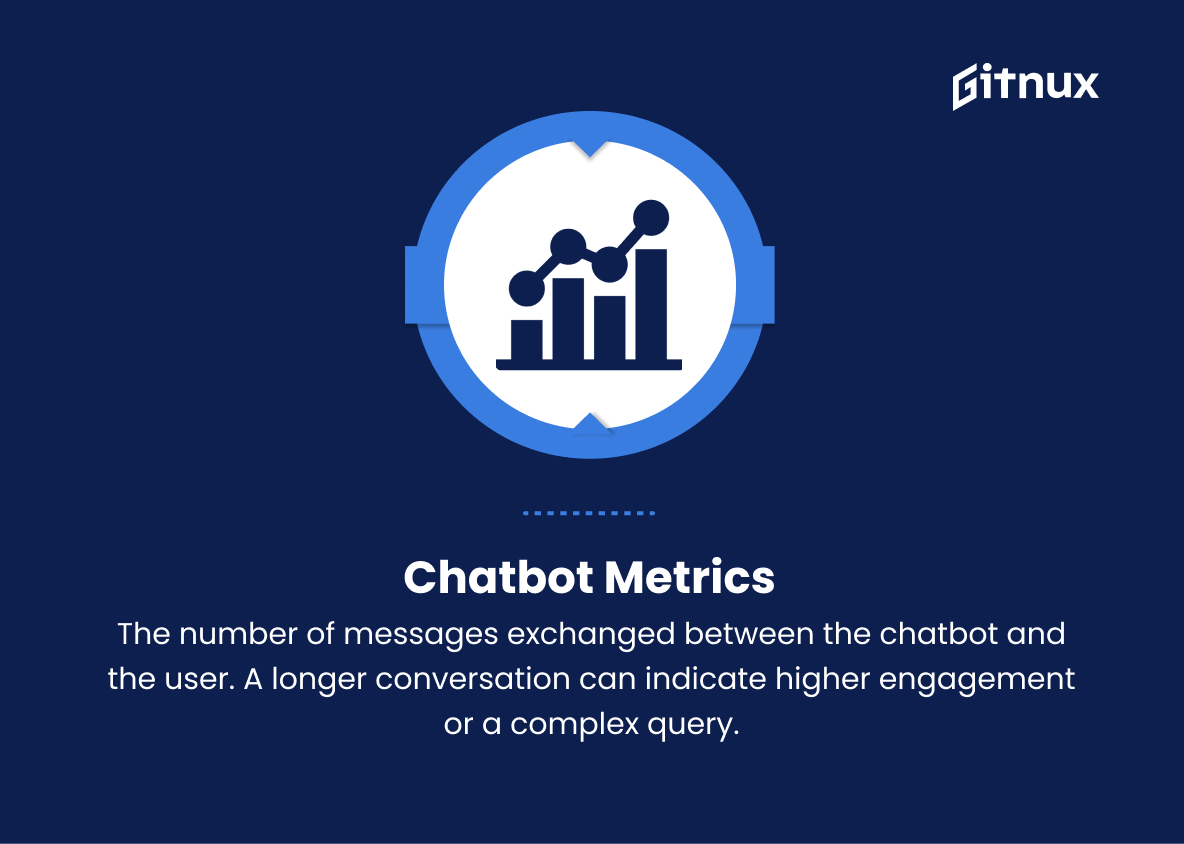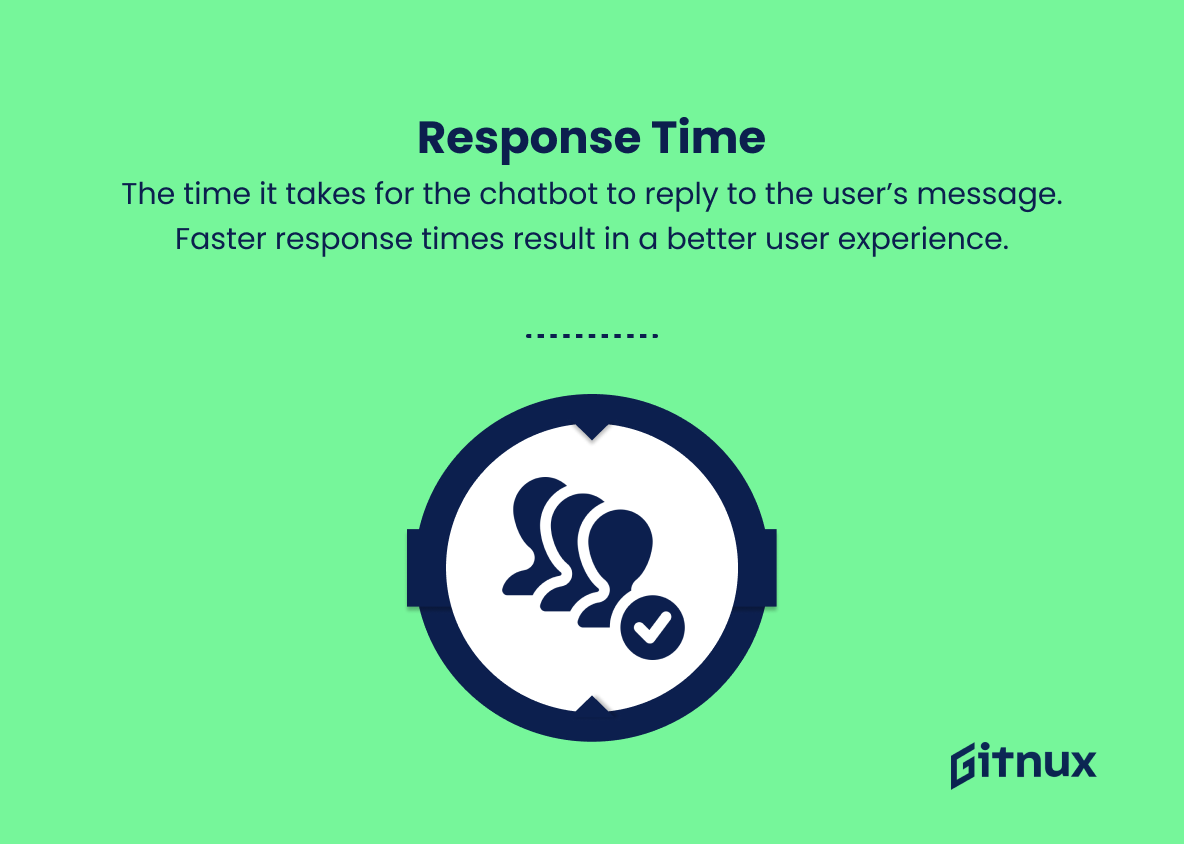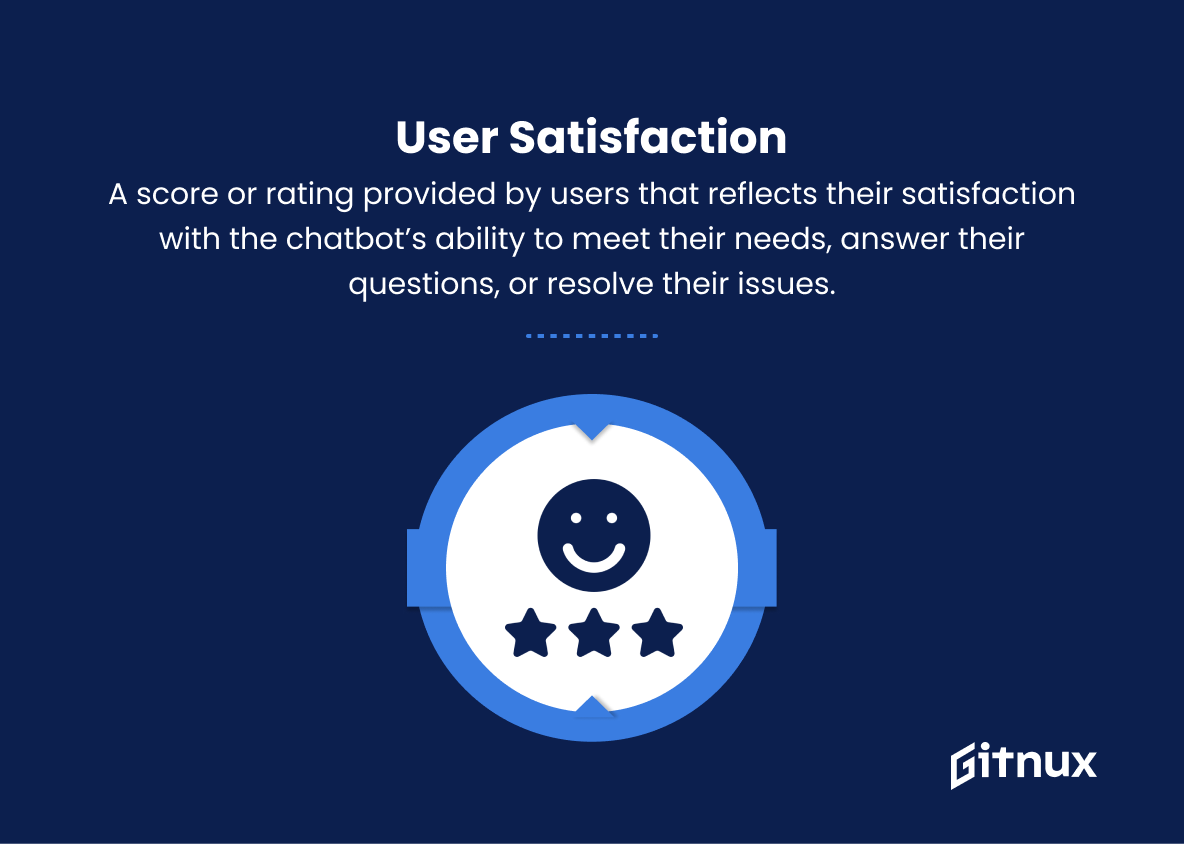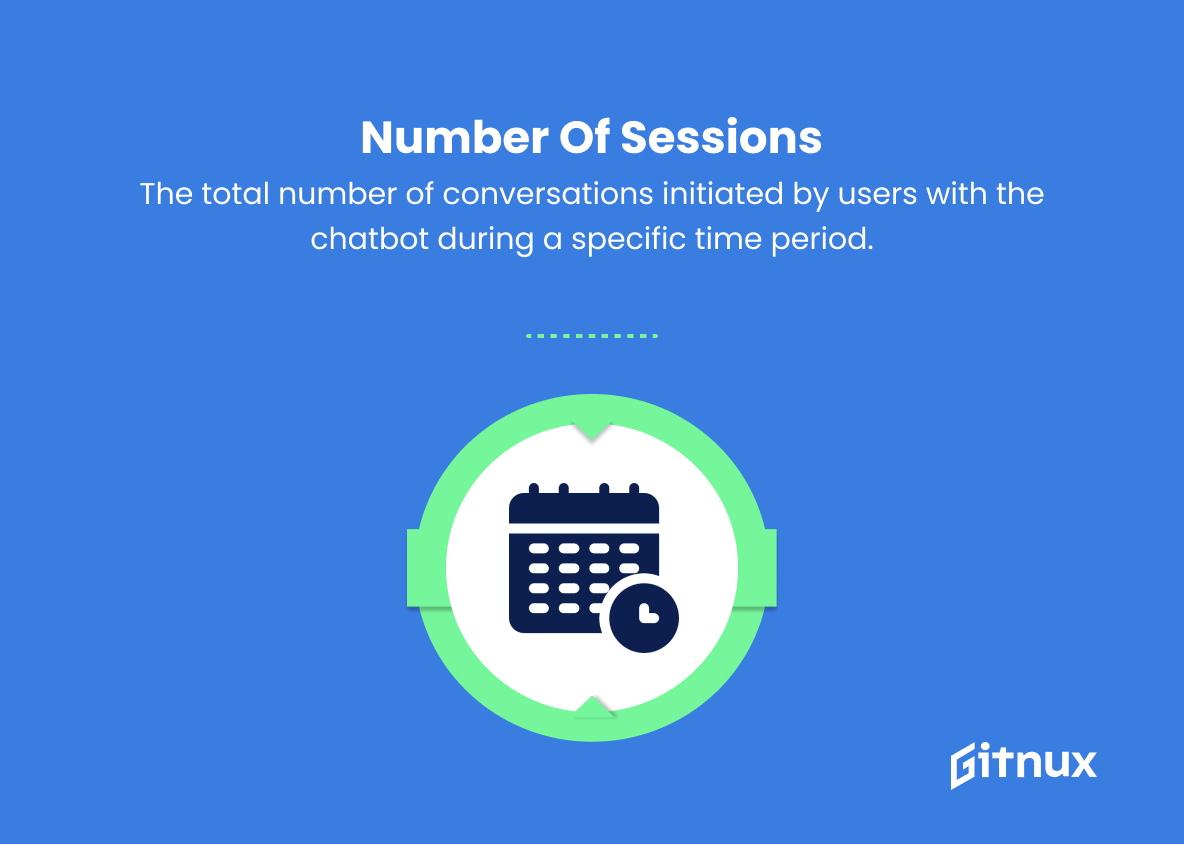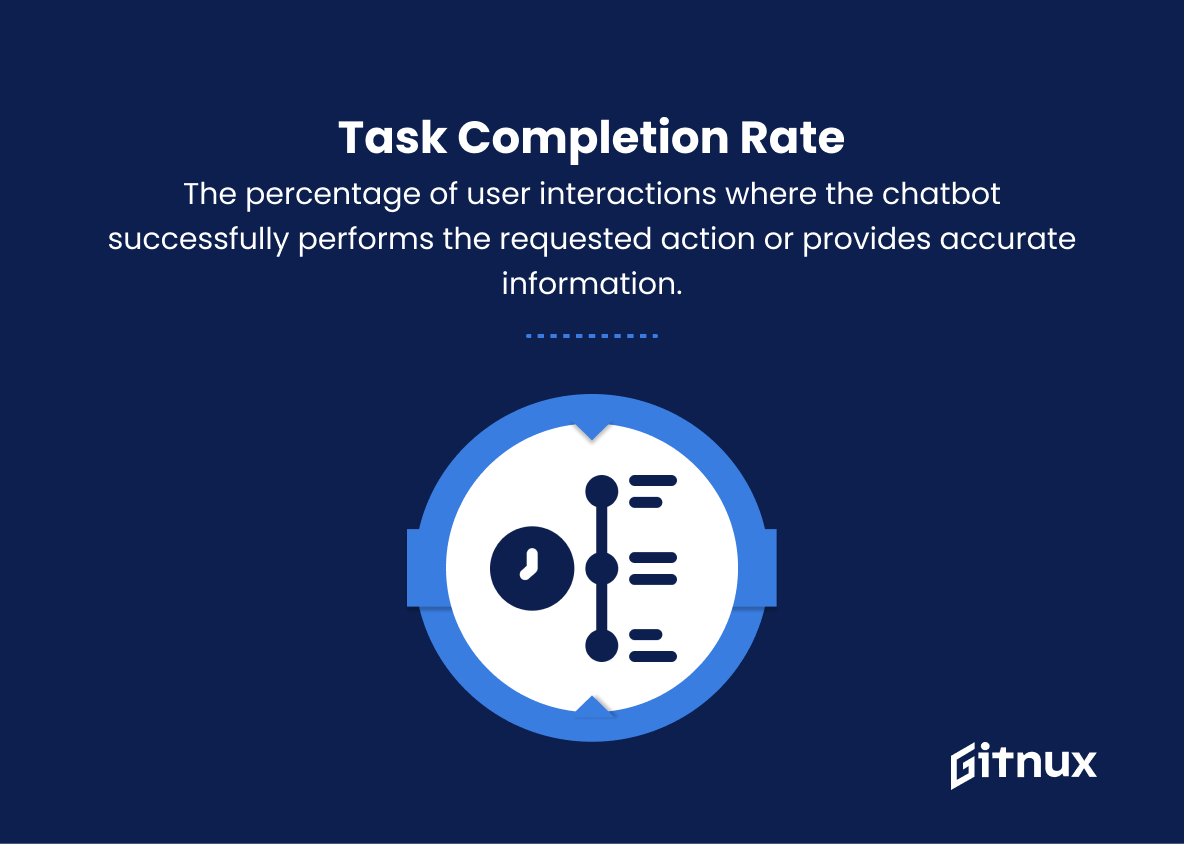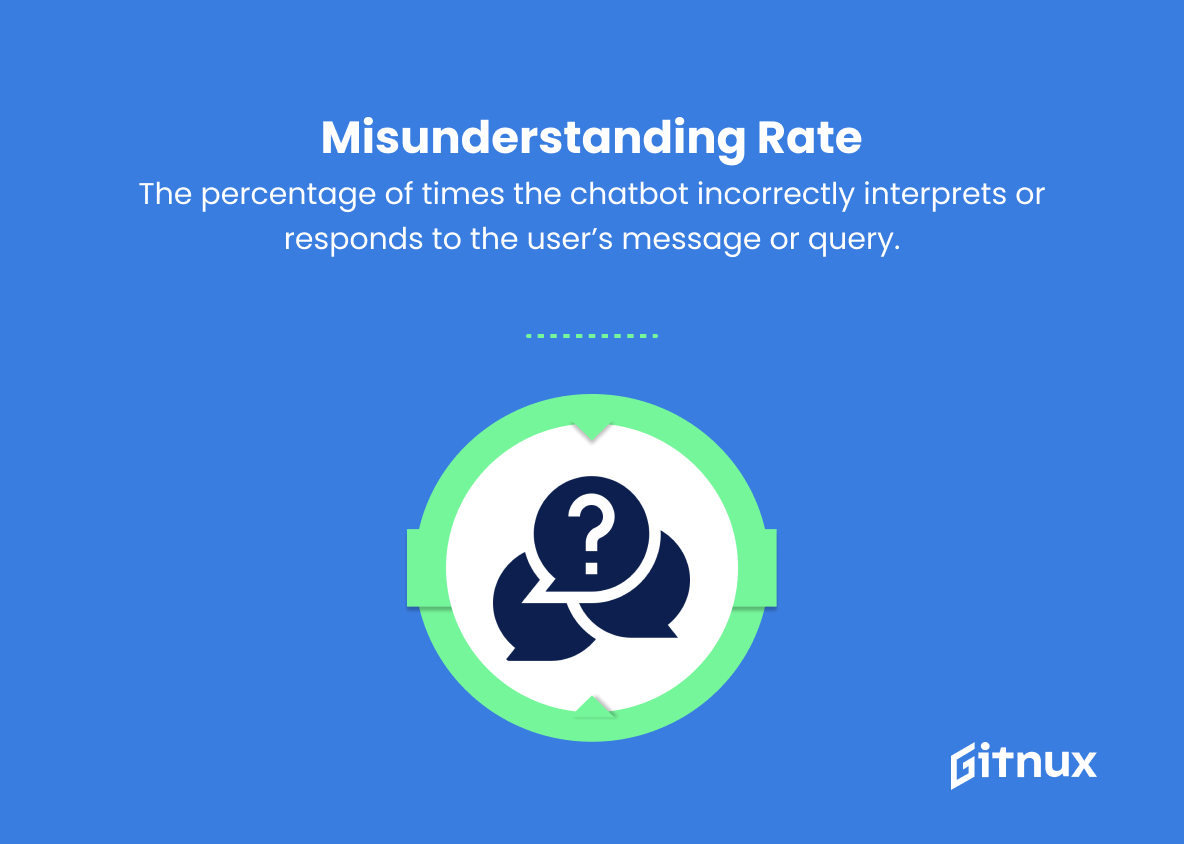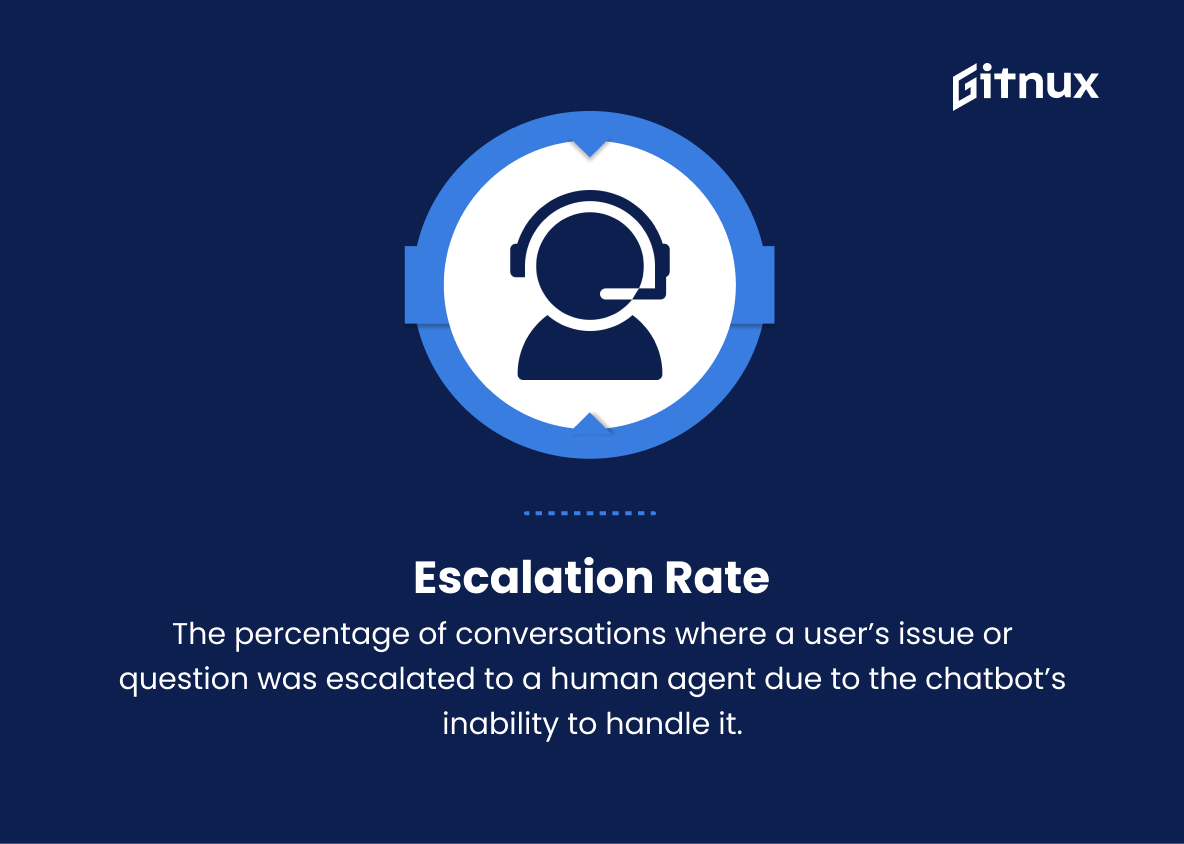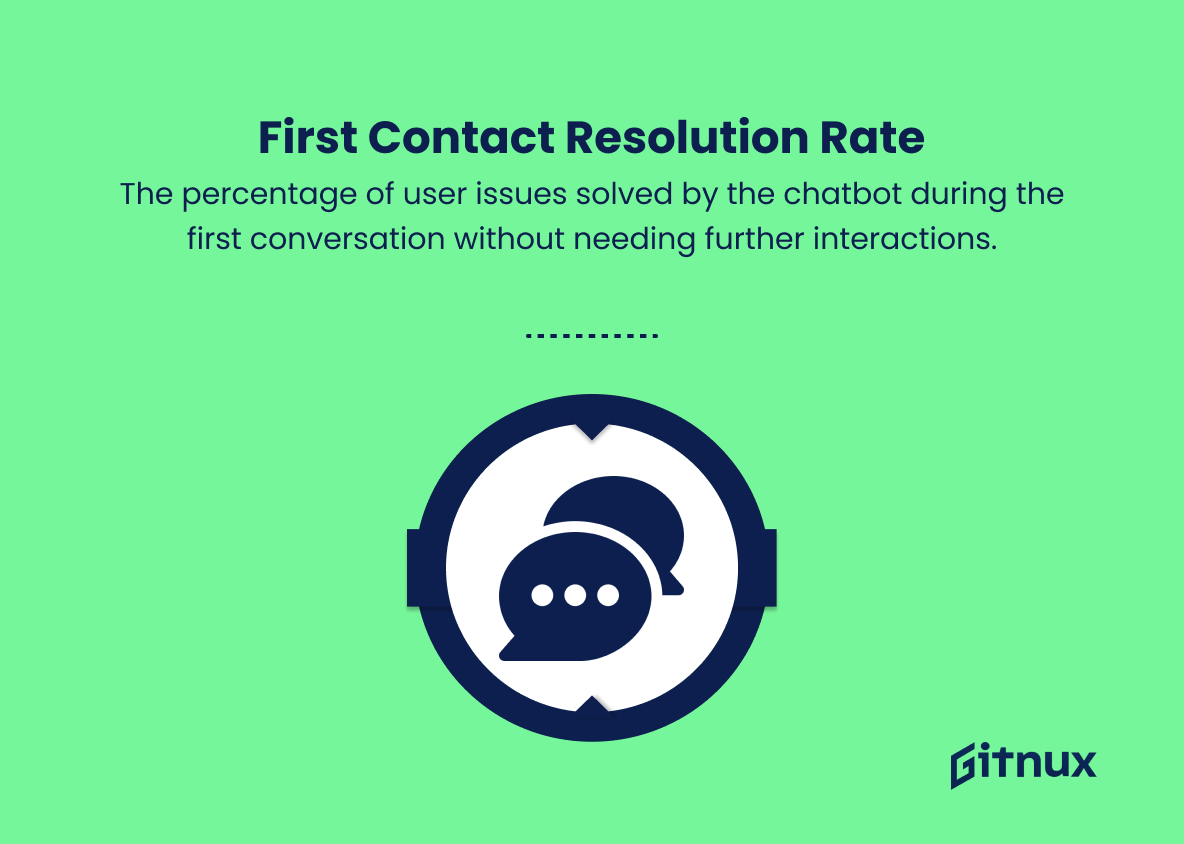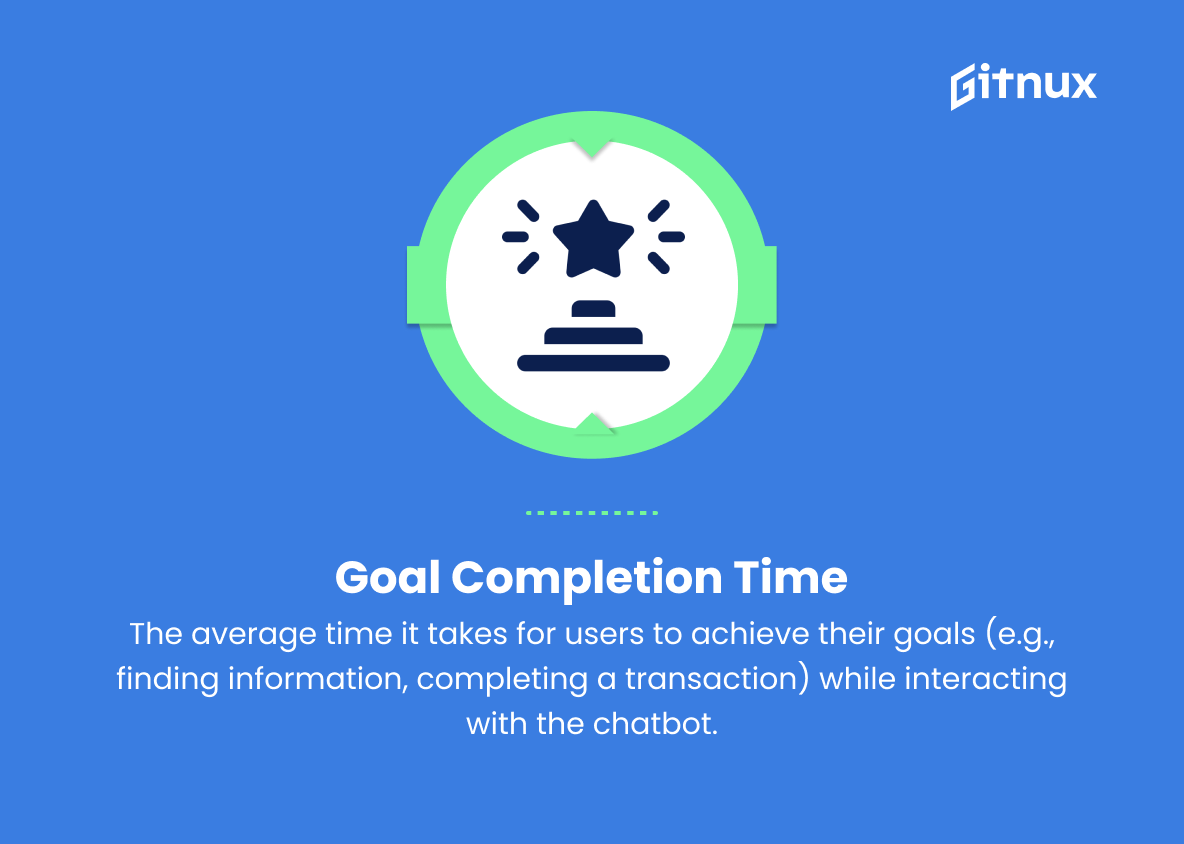In today’s increasingly digitized world, chatbots have emerged as a powerful tool, revolutionizing the way businesses interact with their customers. As organizations deploy these intelligent virtual assistants to enhance customer experiences, it is vital to measure their performance and effectiveness.
This blog post delves deep into the realm of Chatbot Metrics, providing a comprehensive understanding of the key indicators that play a critical role in determining the success and shortcomings of your chatbot. By monitoring and analyzing these metrics, businesses can optimize their chatbot’s functionality, driving customer engagement and ultimately, boosting their bottom line. So, let’s embark on this analytical journey to unveil the essence of chatbot metrics and unlock the true potential of your virtual assistants.
Chatbot Metrics You Should Know
1. Conversation length
The number of messages exchanged between the chatbot and the user. A longer conversation can indicate higher engagement or a complex query.
2. Response time
The time it takes for the chatbot to reply to the user’s message. Faster response times result in a better user experience.
3. User retention rate
The percentage of users who return to the chatbot after their first interaction. A higher retention rate indicates that users find the chatbot useful and engaging.
4. User satisfaction
A score or rating provided by users that reflects their satisfaction with the chatbot’s ability to meet their needs, answer their questions, or resolve their issues.
5. Engagement rate
The number of users actively participating in a conversation with the chatbot as a percentage of the total number of users. A higher engagement rate suggests the chatbot is able to effectively interact with users.
6. Number of sessions
The total number of conversations initiated by users with the chatbot during a specific time period.
7. Active users
The number of unique users interacting with the chatbot during a specific time period.
8. Conversion rate
The percentage of users who complete a desired action (e.g., making a purchase, signing up for a newsletter, etc.) after interacting with the chatbot.
9. Abandonment rate
The percentage of users who exit a conversation without completing the intended goal, indicating dissatisfaction or confusion with the chatbot.
10. Task completion rate
The percentage of user interactions where the chatbot successfully performs the requested action or provides accurate information.
11. Fall-back rate
The percentage of times the chatbot relies on a fall-back response due to a lack of understanding or inability to provide an appropriate response to the user’s query.
12. Misunderstanding rate
The percentage of times the chatbot incorrectly interprets or responds to the user’s message or query.
13. Escalation rate
The percentage of conversations where a user’s issue or question was escalated to a human agent due to the chatbot’s inability to handle it.
14. First contact resolution rate
The percentage of user issues solved by the chatbot during the first conversation without needing further interactions.
15. Goal completion time
The average time it takes for users to achieve their goals (e.g., finding information, completing a transaction) while interacting with the chatbot.
These metrics can help assess a chatbot’s performance, usability, and overall effectiveness while identifying areas for improvement.
Chatbot Metrics Explained
Chatbot metrics are crucial in evaluating a chatbot’s performance, usability, and overall effectiveness. They help pinpoint areas that may require improvement and ensure that the chatbot consistently meets user needs and expectations. Factors such as conversation length, response time, and user retention rate shed light on user engagement, experience, and satisfaction. Metrics like engagement rate, number of sessions, active users, and conversion rate all contribute to understanding the chatbot’s overall impact and level of usefulness.
In assessing a chatbot’s ability to effectively understand and respond to user queries, it is important to consider abandonment rate, task completion rate, fall-back rate, misunderstanding rate, escalation rate, first contact resolution rate, and goal completion time. By closely monitoring and analyzing these metrics, businesses can make well-informed decisions regarding chatbot development, optimization, and overall strategy to ensure a seamless and positive user experience.
Conclusion
In conclusion, understanding and utilizing chatbot metrics is essential for businesses looking to improve their customer service, increase sales, and stay ahead of the competition. By analyzing key performance indicators (KPIs) like user engagement, response time, and user satisfaction, businesses can make well-informed decisions to optimize their chatbots and ensure continuous growth.
Regular monitoring and analysis will not only help in troubleshooting any issues but also in identifying successful strategies that can be further implemented. By remaining attentive and adaptive to the ever-evolving expectations of your users, your chatbot can significantly contribute to your company’s success.
